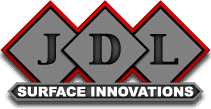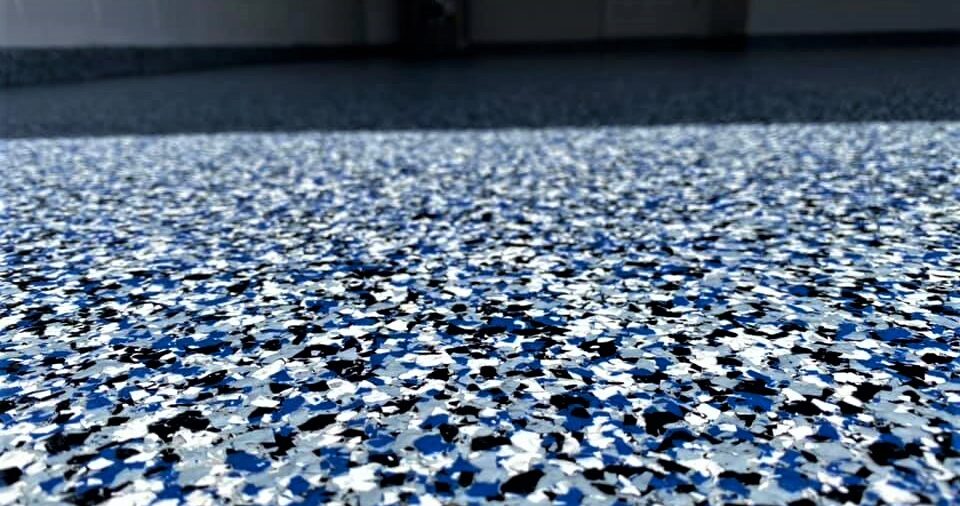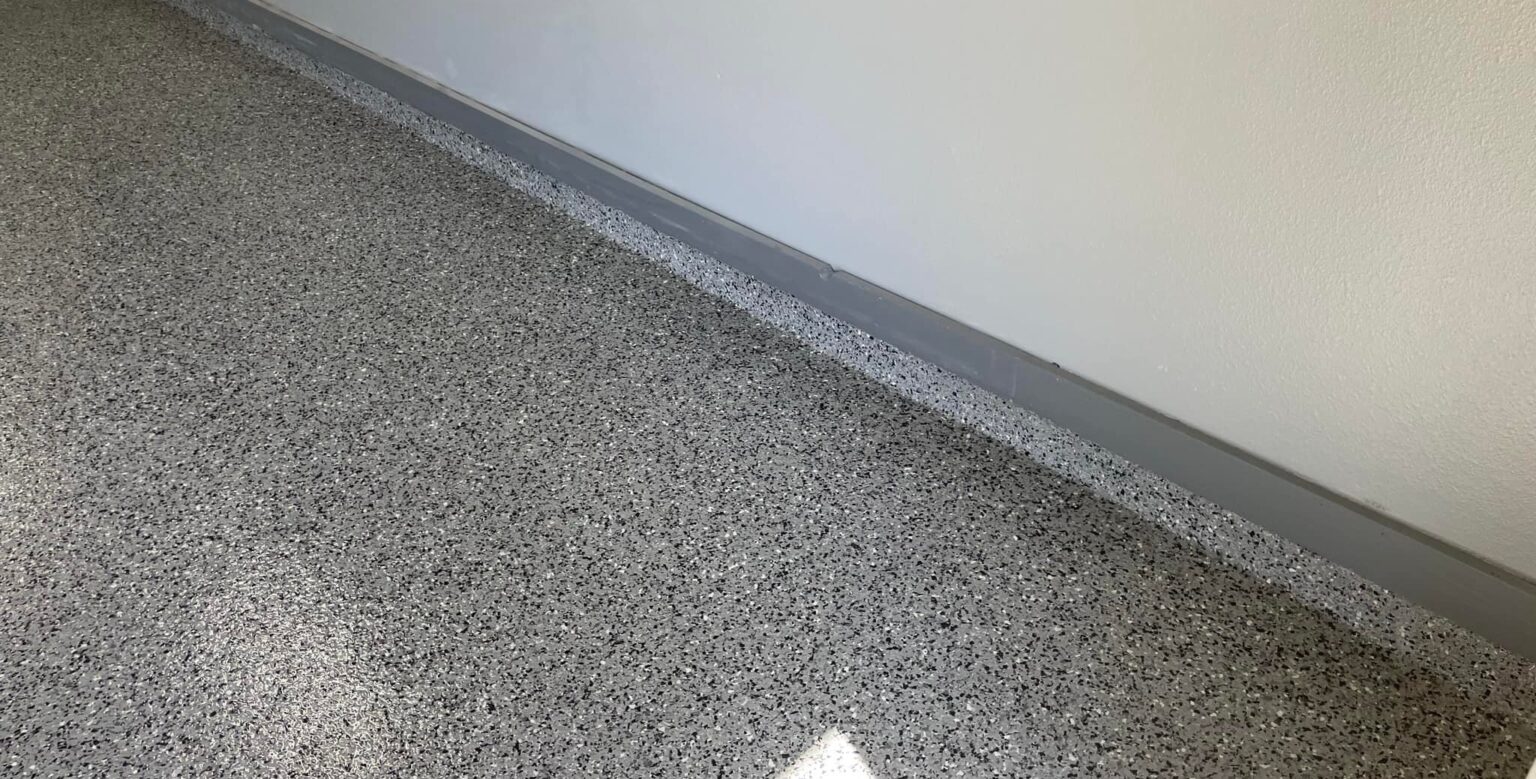Properly maintaining your new epoxy garage floor will significantly extend its useful lifespan. In this post, the JDL Surface Innovations team goes over the top tips for maintaining garage floor epoxy.
What Kind of Maintenance Schedule Do You Need?
The good thing about epoxy coatings on concrete floors is that they are relatively low-maintenance. The coatings are non-porous, enabling them to repel liquids and ensure that dirt sits on the surface.
How often you need to clean depends on several factors, such as the:
- Working environment
- Weather
- External environment and how much dust it contains
During wet, rainy weather, you’ll need to clean your epoxy garage floor in Cape Coral more often. If there is a lot of sand or dust outside your garage, you’ll also need to step up your cleaning schedule.
Your Top Maintenance Tips
Daily Sweeping
Your epoxy garage floor is scratch-resistant. However, grit and sand are abrasive. You must sweep away the grit daily to prevent cars from grinding it into the floor and damaging the surface. Use a soft-bristled broom, Swiffer brush, or mechanized cleaner to clear away dust.
Placing a mat at each entrance area can help trap some of the dirt before it comes in.
Scrub Each Week
Your epoxy floor coating will benefit from a weekly scrub with a soft bristle brush and warm, clean water. If there is a great deal of dirt, use a neutral cleaning agent without any abrasive agents in it as well.
However, if you feel it necessary, you can step up this cleaning schedule.
Clean Up Spills Immediately
In a garage, you may deal with many caustic chemicals, oil, or gasoline. While an epoxy garage floor can repel many of these, you should aim to clean up spills as soon as possible. Acidic compounds will etch the floor, and some chemicals may set off a chemical reaction that weakens the sealant.
We recommend speaking to our team when choosing your coating initially so that we can find the right match for your home or business.
Buff Out Scratches
No matter how careful you are, there is no avoiding the odd scratch when you move a heavy object across the floor. If these are surface scratches, you can simply buff them out once every month or two with an epoxy polish.
Patch Gouges
Gouges that reach the floor level require more urgent attention because they will allow moisture to seep through them. Fortunately, it’s relatively easy to conduct minor repairs by completing the following:
- Thoroughly clean away any oil, grease, or dirt.
- Sand the area using 100-grit sandpaper, feathering the edges until they are smooth.
- Clean the floor again, lifting all the residue, and let it dry completely.
- Use a patch kit to fill in the gouge and let it cure according to the manufacturer’s instructions.
Take a little time to complete this process by hand, and the patched area should blend into the background seamlessly.
Guard Against Hot Tire Damage
Hot tires are not as much of a threat to the modern epoxy garage floor, but it’s still worth knowing about this phenomenon. While driving, the tires heat up, and the rubber expands. When you park the car, the rubber cools, and the tires contract, sometimes causing the epoxy coating to peel.
The latest formulations of polyurea and polyaspartic are less likely to lift. However, if you are concerned, there are ways to guard against this issue. For example, you may park cars outside to cool off before you bring them in. You may also drive the tires through a shallow trough of water, although that will create another form of mess.
Be Vigilant About Stain Removal
It’s best to deal with spills as they occur, but sometimes you cannot help but wait. If, for example, a car in the workshop leaks on a Saturday night, you have no choice but to deal with it on Monday.
Under these circumstances, you may need a bit more effort and stronger cleaning materials. Please wear rubber gloves and eye protection and be sure to properly ventilate the area when dealing with the following:
- Grease or oil may stain if you leave them in place for longer than 24 hours. Dab away as much of the spill as possible before using a polyurea-safe degreasing agent and a soft brush to remove the rest. Don’t use any abrasive agents at all.
- Dried in dirt is more challenging to remove and may leave a residue. Gently scrape away as much of the film as possible and then use a detergent to clean the rest. If this doesn’t work, clean the area and let it dry. Then use a cloth dampened with diluted ammonia to wipe away the rest. Rinse well.
- Rubber burns are challenging to remove. Use a citric acid cleaner, applying it with a stiff brush without scratching the surface. Add detergent and enough water to form a paste, and let it sit for a little. Scrub away the mark using a soft brush.
The Top Maintenance Tip
Our top maintenance tip is to stay ahead with your cleaning. If you simply sweep the floor daily and wash it down regularly, it will maintain a clear, glossy surface for decades.
Epoxy Garage Floor in Cape Coral
Is it too late for your current epoxy garage floor, or do you just need a change? Contact JDL Surface Innovations at (239) 230-3312 for your free estimate on a new look today!


















